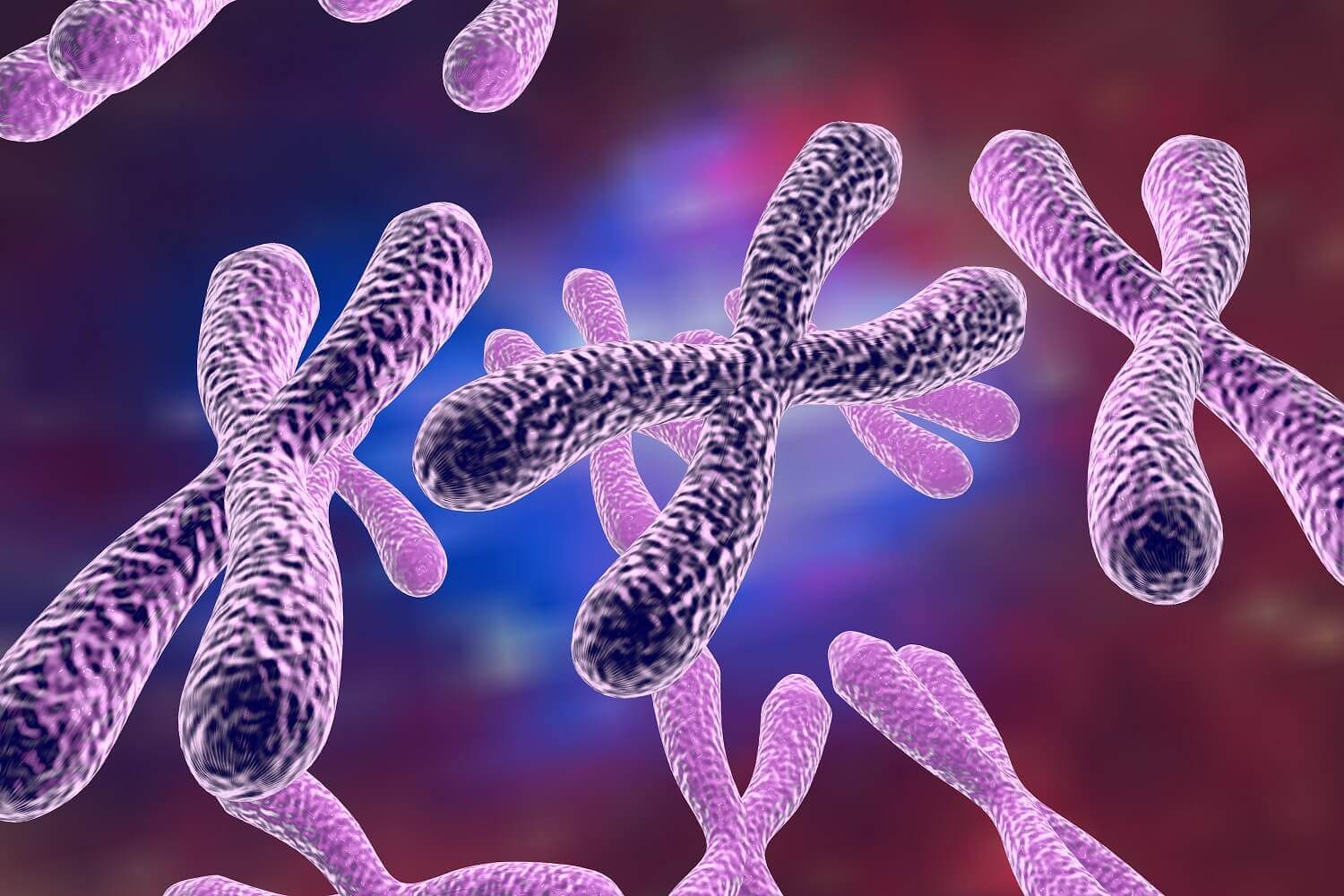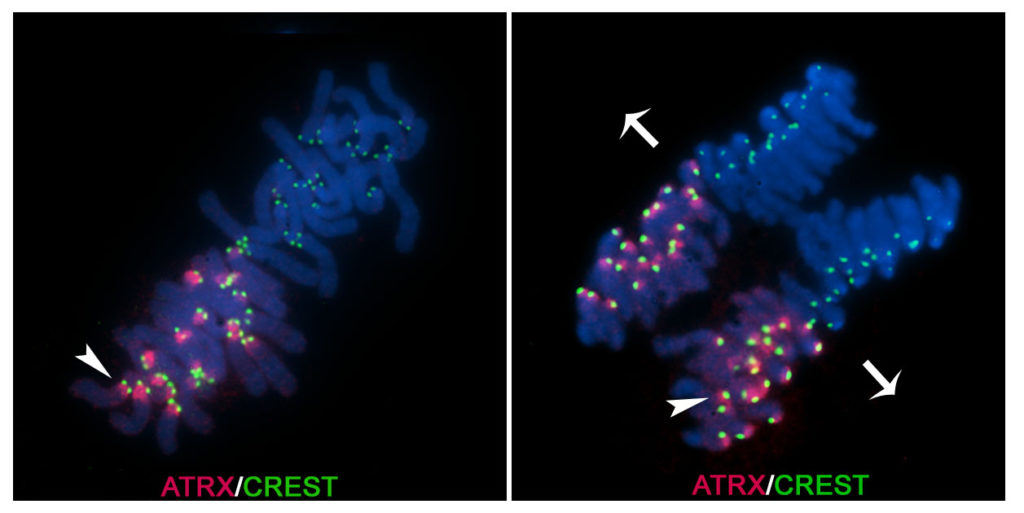
The table shows the percentage of cells with greater than two copies of chromosome 8 for the indicated kinases.įig.
Fixed nuclei were stained with a chromosome 8-specific probe and counterstained with propidium iodide. NL-20 cells were infected with the indicated kinase cDNAs and fixed for FISH analysis after 4 d.

( C) FISH analysis verifies increased ploidy. The table represents those kinases that showed a reproducible increased ploidy phenotype in both NL-20 and HBE135 cells. The percentage of cells with increased ploidy was calculated. Cells were fixed and stained for flow cytometry. NL-20 cells were transduced with kinase cDNA constructs and grown with or without puromycin selection for 4 d. ( B) Kinase overexpression screen identifies kinases that regulate chromosomal stability. NL-20 cells were treated overnight with colcemid or DMSO. ( A) Mitotic escape in NL-20 cells results in viable tetraploids. Demonstration of chromosomal instability screen using a kinase cDNA library. We anticipate that this work will serve as a template for the comprehensive identification of pathways whose dysregulation can drive tumorigenesis through impaired karyotypic maintenance.įig. Loss of several of the kinases leads to loss of contact inhibition and to anchorage-independent growth, vital traits acquired during tumor development. We further show that sustained loss of the shRNA screening hits leads to multipolar spindles and heterogeneous chromosome content, two characteristics of chromosomal instability. In both cDNA and shRNA screens, the majority of hits have not been linked previously to genomic stability.

#Cellprofiler identify chromosomes series
In a series of shRNA screens, we identified 16 kinases whose loss leads to increased ploidy. In a screen of a cDNA library, we identified 13 kinases whose overexpression leads to increased ploidy. We have approached this critical issue through the use of high-throughput screens in untransformed diploid epithelial cells. Chromosomal instability and the subsequent genetic mutations are considered to be critical factors in the development of the majority of solid tumors, but the mechanisms by which a stable diploid cell loses the ability to maintain genomic integrity are not well characterized.


 0 kommentar(er)
0 kommentar(er)
